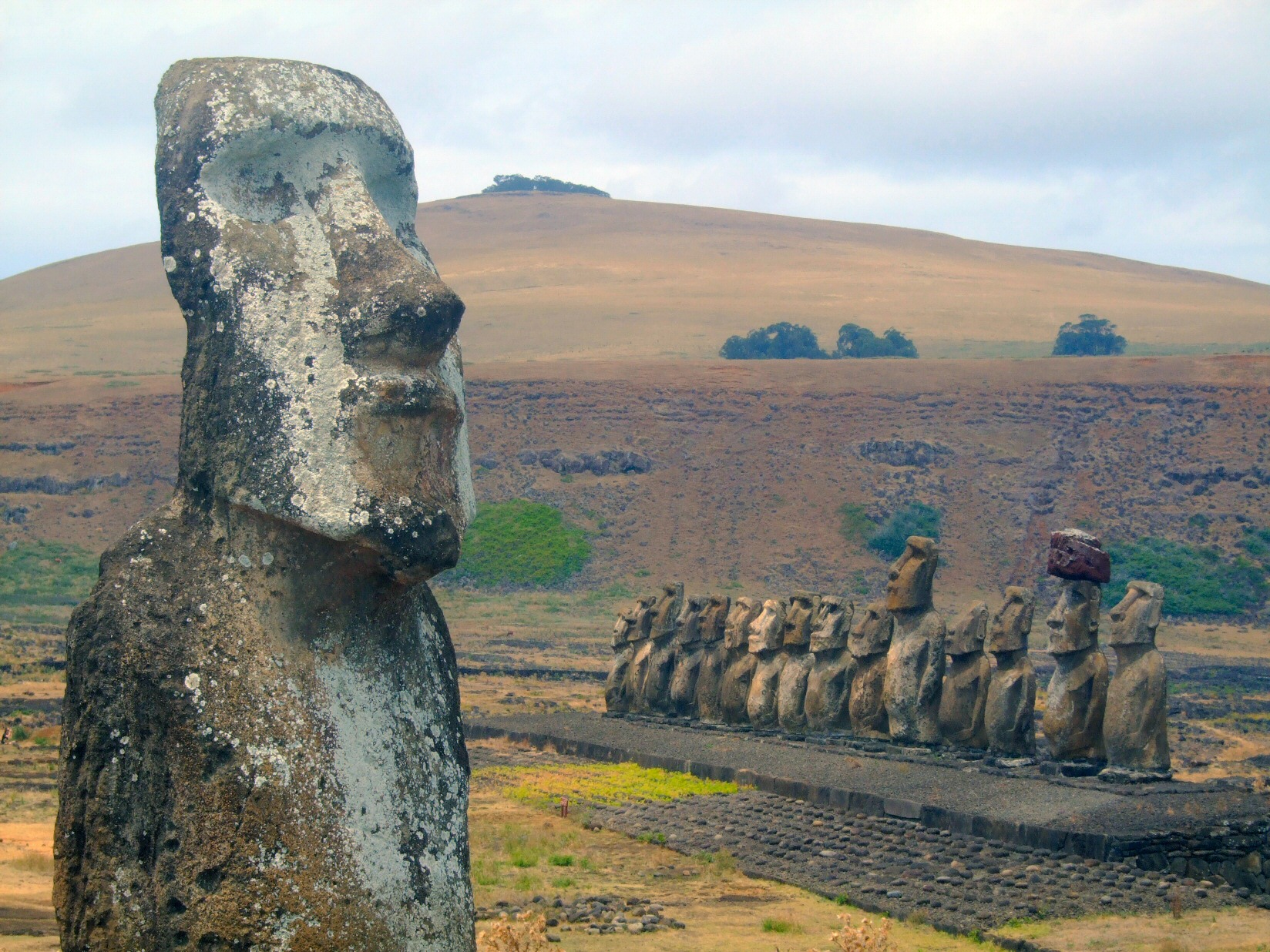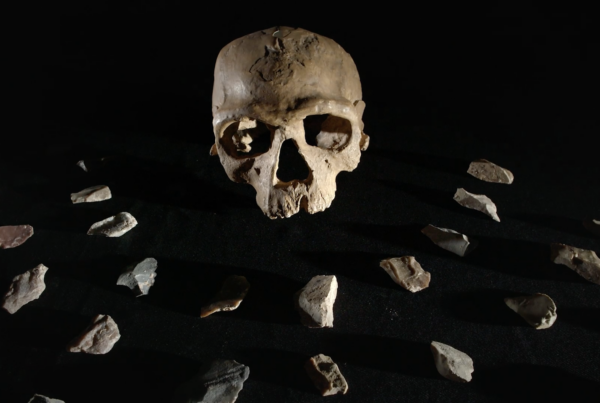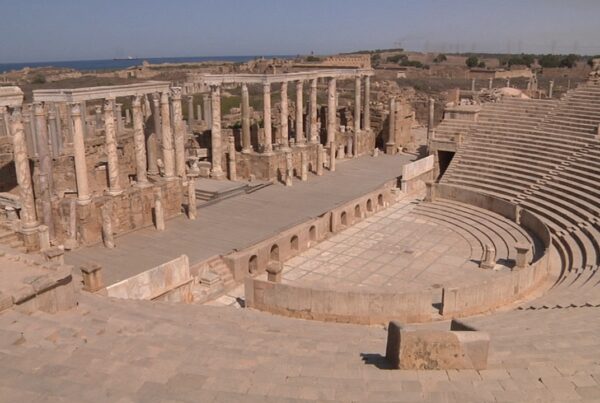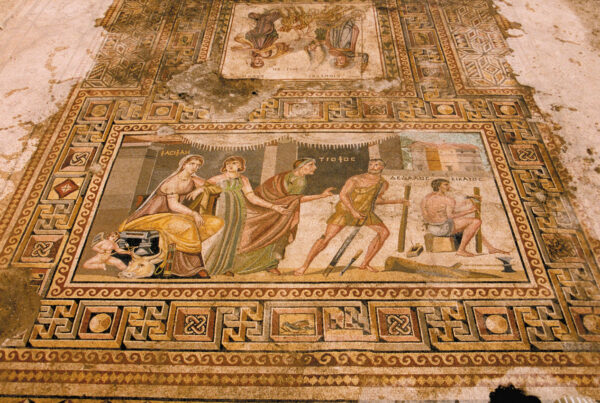Fascinating massive stone statues, interesting rupestrian art figures have fueled many theories about the origins of the Easter Island. It is considered today as the first example in history of environmental disaster which was presumably caused by the deforestation of the island. There was a great need for trees in order to transport and erect the giant cult statues which led to chaotic situation, famine, war and the violent destruction of its sculptural patrimony, the disappearance of its civilization and the extinction of its population. But is the violent and destructive story of the island plausible? Would it be possible that most of the traditions were gleaned from a few surviving natives which were almost extinct by slave traders from the late 19th century and beginning of the 20th century? Is it a scientifically proven theory?
Nicolas Cauwe curator at the Cinquantenaire Museum, studies the history of the Pascuan statue that was brought to the museum in 1935, by the Belgian archaeologist Henri Lavachery. In collaboration with researchers of the CNRS and multidisciplinary scientific teams he starts a research which will revise the existing theories on deforestation, famine, tribal wars and violent destructions. On the contrary, there is solid evidence of a remarkable climatic adaptation among the population and its progressive shift towards a new organization of society and religion. The history of the Easter Island is about to be re-written, but is the indigenous population ready to accept a new version of his past?
- Direction: PHILIPPE AXELL
- Production: AXELL COMMUNICATION







